How to Spend Wisely – The Difference Between Hedonic and Utilitarian Spending
Key Points:
- There are two types of purchases – Hedonic and Utilitarian.
- Hedonic purchasing is often caused by emotional impulses.
- Avoid Impulse purchases by sticking to a list, applying a cool-off period, and rationalize the long-term value of your purchase.
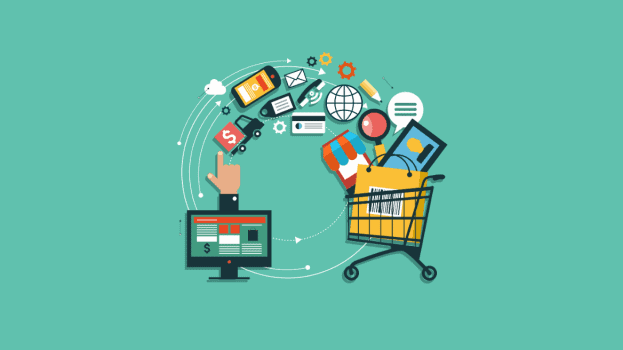
We have all succumbed to impulse-buying items we later regret. From clothes, food, and flashy new cars, what seemed like a good idea at the time often morphs into the realization that we let emotion get the better of us.
It is not all our fault, however. Retailers understand these trends all too well and manipulate them to squeeze every cent out of you they can. Ever wonder why checkout isles are full of chocolate and candies? These highly impulsive products are specifically placed right in front of a queuing buyer in the hopes of latching onto their highly impulsive natures.
If you wish to stop impulse-buying things that you later regret, or are simply looking to cut down on spending, this article will provide the knowledge and tools to make that happen.
How Much do You Spend?
Consumers spend $5,400 per year on average on impulse purchases of food, clothing, household items, and shoes. This equates to $15 a day on unexpected items they had no intention of buying until it caught their eye.
Most spontaneous purchases involve eating; over 70% of survey respondents named food their biggest impulse purchase. At the same time, 85% of respondents said their impulse purchase involved taking advantage of a deal or discount, another favorite tactic used by retailers to part us with more of our hard-earned cash.
Retailers have developed a science behind this concept. Companies allocate high-paying positions to those who can get you to purchase as much as possible, and as quickly as possible, every time you shop. With the ubiquity of online shopping, the problem has magnified.
According to the Baymard Institute, 68% of online shopping carts are abandoned once consumers have had fun indulging their impulsive shopping needs. Upon seeing the total price at checkout, they often find the strength to back out. In response, companies track their progress and try to build personal relationships with consumers to convert them into paying customers.
The 2 Types of Purchases: Hedonic and Utilitarian
Utilitarian Purchases
Utilitarian shopping is all about needs and function. We need food, utilities, and hygiene products, and utilitarian motives drive these needs. Our utilitarian motives for shopping include: meeting our basic needs, finding greater convenience, seeking variety, seeking a greater quality of merchandise, and searching for better prices.
For these shoppers, purchasing is a problem-solving activity that follows a series of logical steps. There is very little emotion involved in these purchases so the rational human part of the brain is more likely to be driving decisions than the emotional chimp.
These sorts of shoppers are accommodated by retailers but not manipulated; it is extremely hard to draw money from someone who is not emotionally involved in the shopping process. Cell plans, grocery shopping, electricity bills, and rent are all in this category. Our primary goal here is to find the best value for money.
Hedonic Purchases
On the other hand, hedonic shopping is driven by a desire for fun, entertainment, and satisfaction. It’s derived from the perceived fun or playfulness of shopping experiences.
Hedonic shopping stirs emotional arousal within us — both physiological and psychological. We often seek immediate satisfaction from our impulses and cravings when we shop, which we often gratify by indulging.
Hedonic shopping is what leads to impulse spending. For example, you have a shopping list of all groceries and household items you need to purchase for the week. As they are all essentials, this shop should be utilitarian.
When shopping, however, you stumble across the candy aisle and suddenly find your trolley full of chocolate. We have all been there. These impulse items were not planned and based on rational and logical needs; they are cravings indulged through emotion and impulse. The candy is therefore hedonic.
Hedonic shopping is not limited to just food; automobiles, in particular, can be as much an emotional purchase as a rational one. As a result, auto dealers market their products in a rapid-fire, almost carnival-like manner, designed to appeal to emotion over reason.
Your Free Book is Waiting
You’ll Learn:
- How to Create Habits – The Right Way
- Create a Bulletproof Plan to Achieve Your Goals
- Master the Art of Failing
- Rediscover Your Love of Learning
- Instantly Become More Personable
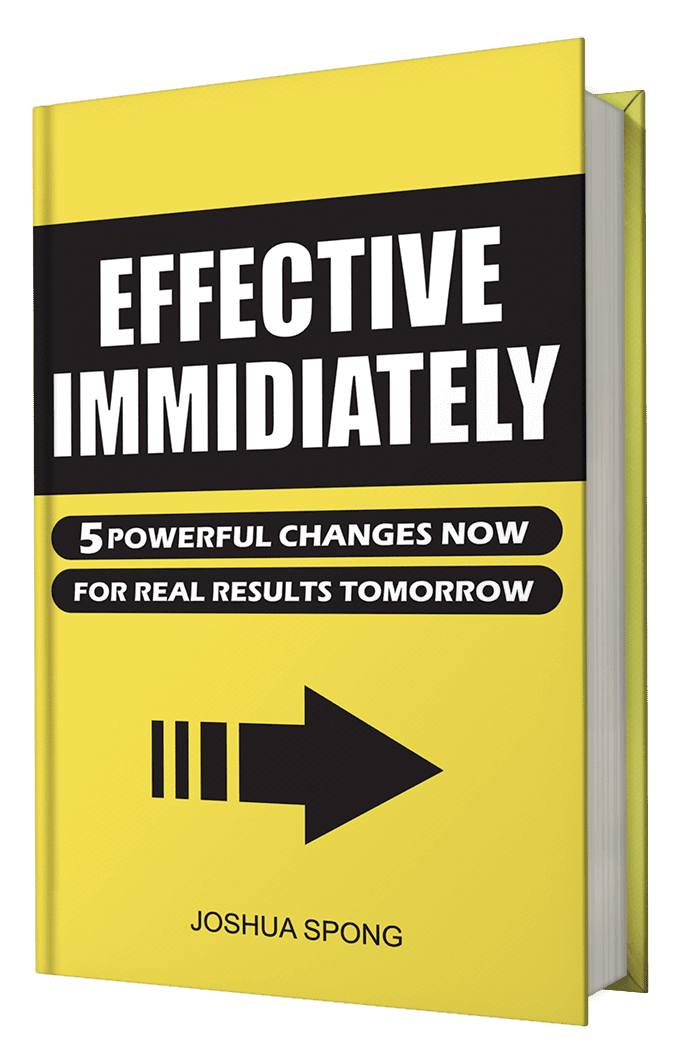
The Triggers for Spending
Some people are inherently more susceptible to hedonic impulse purchases than others. Academic research that explores the various triggers of impulse buying consists of two main schools of thought.
First, some scholars argue that individual traits lead consumers to engage in impulse buying. For example, those naturally more impulsive in life are more likely to succumb to impulse buying. Researchers have explored the traits of sensation seeking, impulsivity, and representations of self-identity among the main psychological factors behind impulse buying.
Second, both motives and resources might drive impulse buying. Researchers have identified the effects of the two types of motives (hedonic and utilitarian), as well as subjective norms, and argued that mere impulsiveness is often not strong enough to trigger impulse buying.
Instead, the availability of resources, coupled with a lack of self-control, is also required.
Hedonic Vs. Utilitarian - An Example
A typical scenario of these two types of purchases can be seen in selecting a cell phone contract. A typical consumer might dedicate an hour or so to finding the very best deal for them, weighing up options such as the number of calls, texts, internet usage, and cost to find the optimum contract.
A $15 monthly difference between two contracts is a big deal and would cause most consumers to swap contracts immediately. Yet the average consumer doesn’t think twice about spending $15 on coffee every month, which provides little to no long-term value. Cell phone contracts invoke little emotion and we, therefore, think about them more rationally.
Coffee purchases are driven by emotion (unless they serve a valuable purpose, such as providing a caffeine boost before a presentation) and your need for immediate gratification. They are therefore hedonic. $15 is always $15, yet we value them differently when it comes to the two types of spending.
Both types of spending are natural, yet people understandably tend to lean too much toward the hedonic type. To help establish a healthy balance, some general tips can be applied while shopping.
The Urge to Spend is Natural, But we Can Manage it.
We are all guilty of impulse buying. How do I know this? Because as long as we are human, we will always have impulsive urges. These thoughts are subconscious and stem from deep-rooted instincts from our hunter-gatherer days.
Our primal subconscious mind craves immediate gratification, such as procrastinating on a report. We know we have two weeks to complete it, but we delay doing it now because our emotional mind would rather have the immediate gratification of scrolling through social media.
We cannot control these impulsive thoughts from entering our minds any more than we can control the weather or war in the middle. They are beyond our authority, and we should not waste time trying to block them or judge ourselves by them.
But what we can control is our actions. While we cannot stop these impulsive thoughts from entering our minds, we can, and must, manage how we choose to respond to them.
How to Avoid Unnecessary Impulse Buying
We know we cannot stop these impulsive thoughts from entering our minds, but we can choose how we consciously react to them. Simply being mindful that these thoughts stem from the primal limbic system is often enough to regain control of your emotions.
Be mindful of which type of purchase you are making – hedonic or utilitarian. Acknowledge that emotion is currently driving decisions and that it is perfectly natural to feel this way.
Once you’ve let your emotions vent, and have not judged yourself on them, use your rational conscious mind to ask if this item will add value to your life past the initial impulse of emotion.
Will it provide any longer-term value? Longer-term doesn’t have to mean days in the future; that coffee first thing in the morning might provide longer-term benefits in preparing you better for the day ahead.
Never go grocery shopping while hungry. Your dopamine will be sky-high when you see something tasty, and you’ll be craving all manner of easily accessible food.
Secondly, shop with a goal. Plan your purchases and stick to them. Create a strict list before shopping, including only the things you need, and plan your route throughout the stores to get these items to avoid walking past unnecessary temptations.
Walking into a store with an open mind is like walking in there with an open checkbook. A plan of action takes the emotion out of the scenario and avoids drifting off toward rogue purchases.
Thirdly, create a seven-day waiting list for big purchases. After one week, if you are still thinking about the product and still feel like it would benefit you, it most likely isn’t a complete impulse buy.
If you are no longer interested in the product after a week, you probably avoided making an unnecessary purchase that you would likely later regret. The more expensive it is, the more time may be needed to sit on it and let the emotion ruminate.
Conclusion
Many good financial decisions depend not on technical financial knowledge, but on mindfulness of your thoughts and recognizing when your emotions are driving decisions as opposed to rational thought.
Apply the same logic to hedonistic spending as you would utilitarian; work out its value. This will be highly subjective depending on the person and their situation; a coffee for one person may be an unnecessary craving, but be a productive tool for someone who needs a caffeine boost.
But most importantly, be mindful that behind every purchase is a reason, and analyze that reason logically, and not emotionally, before you buy. Sometimes the two voices agree; if you’ve had a bad day and that cake provides value in bringing back your joy, it could well be worth it.
Let me know what you think by leaving a comment down below.
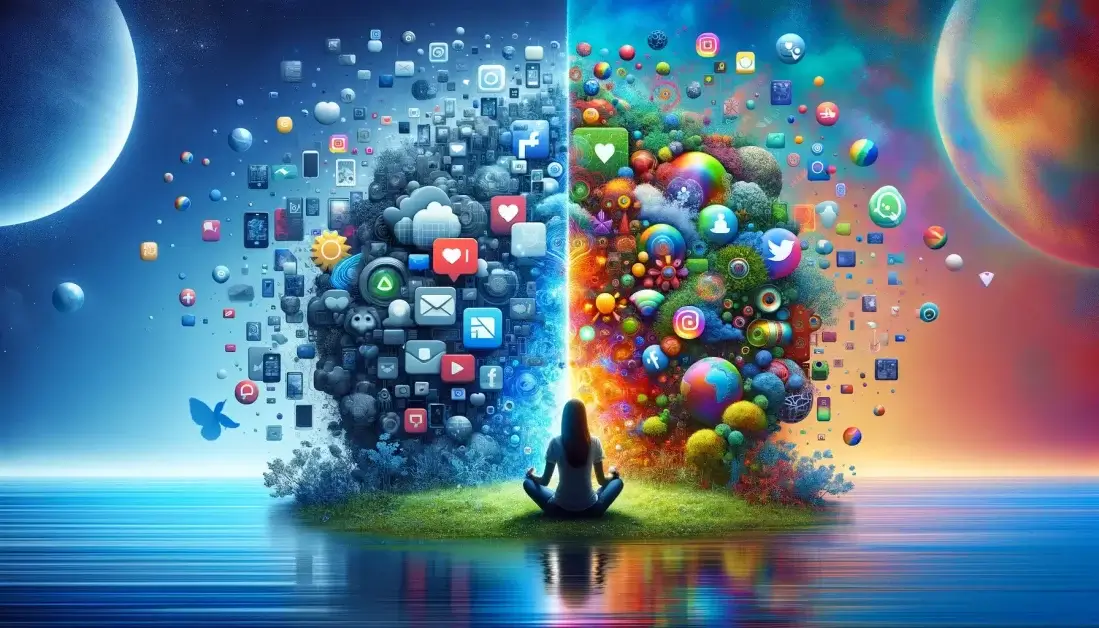
Social Media and Mental Health – Addiction, Anxiety, and Depression
While social media can be a powerful tool, many end up abusing it to the detriment of their mental health, contributing to depression, anxiety and addiction.

The Ultimate Guide to Falling (and Staying) Asleep
While falling asleep should be the easiest thing in the world, this delicate act can easily be disrupted. Here is the ultimate guide to falling (and staying) asleep.

4 Ways To Increase Serotonin Naturally
Four ways to increase serotonin levels naturally include exposure to sunlight, exercise, food and diet, and supplementation.
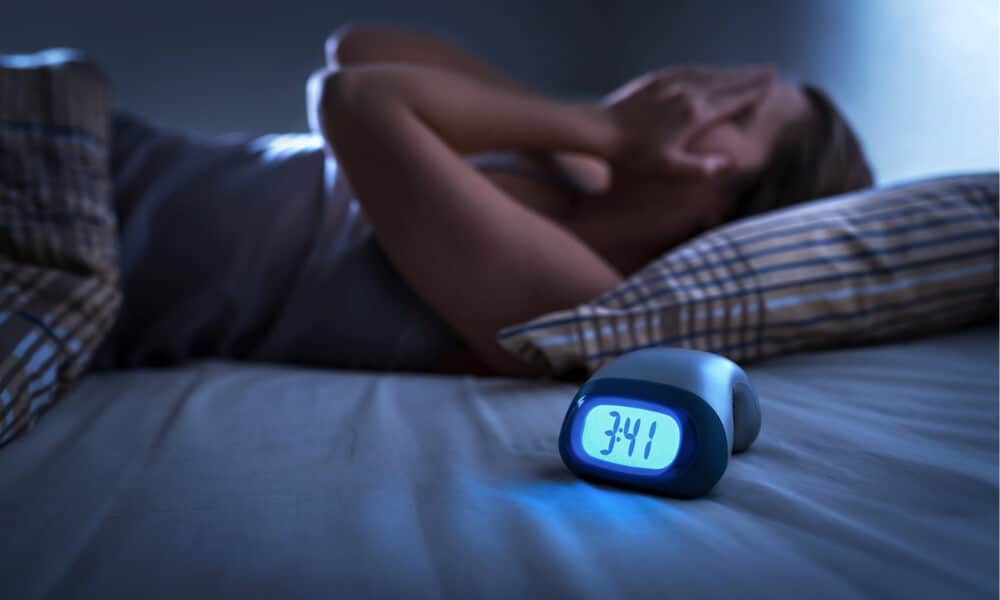
Why You’re Struggling to Sleep and How to Overcome It
They are many reasons why you may be struggling to sleep, including genetic and environmental reasons. Here are the most common problems and how to overcome them.
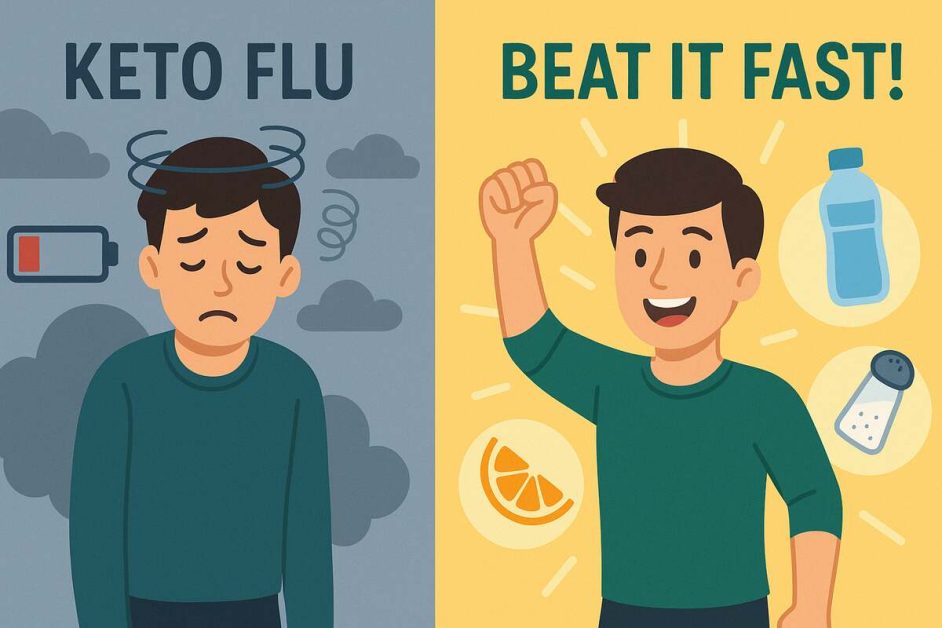
Keto Flu: Symptoms, Causes, and How to Beat It Fast
Feeling tired, dizzy, or foggy on keto? It’s probably keto flu. Here’s what it is—and how to beat it fast.
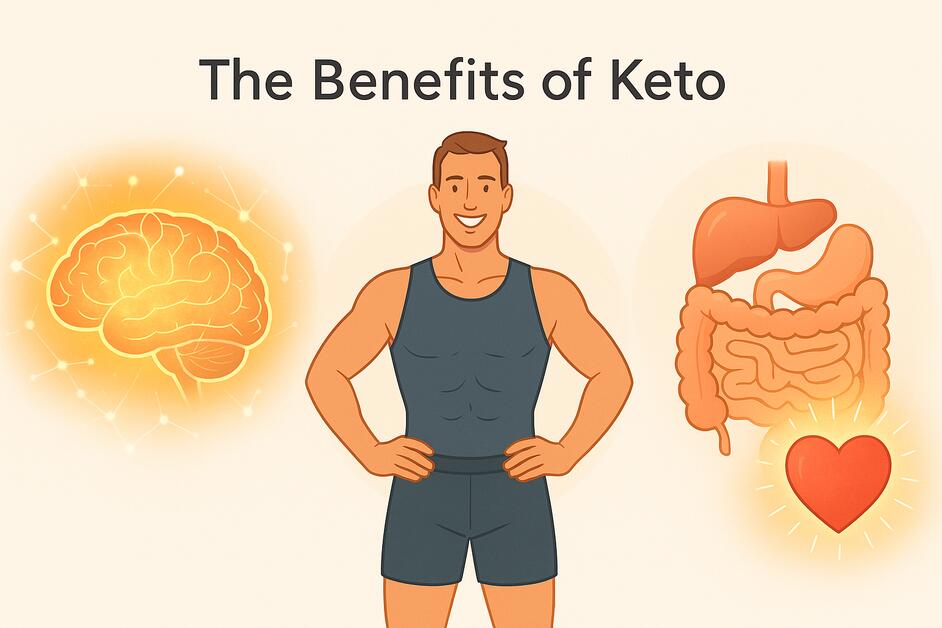
The Benefits of The Ketogenic Diet
The benefits of the ketogenic diet include weight loss, improved energy, and better blood sugar control. It promotes fat burning and mental clarity.